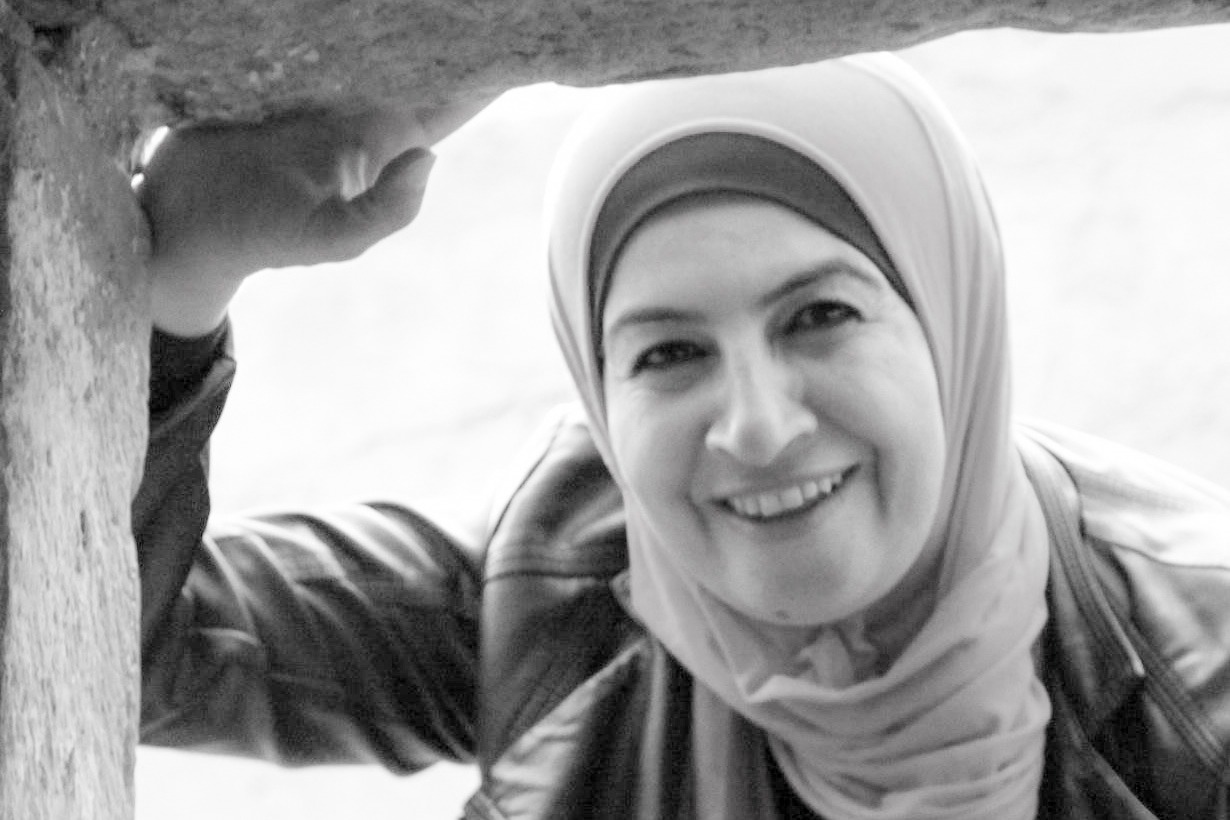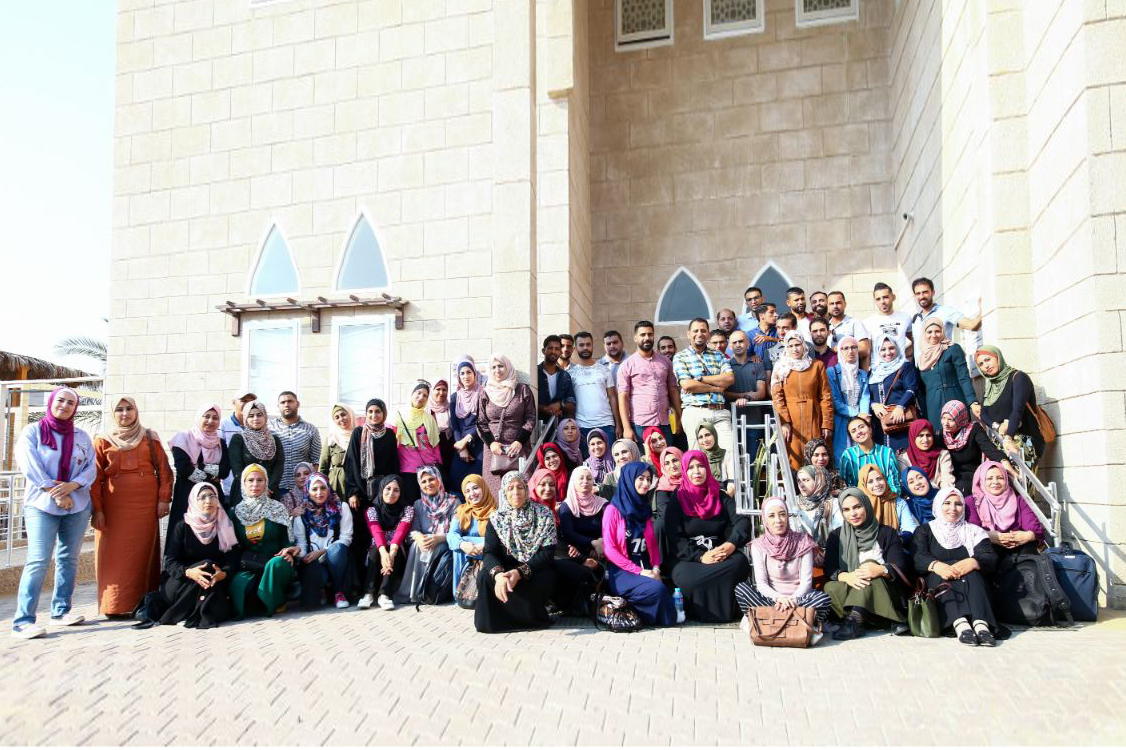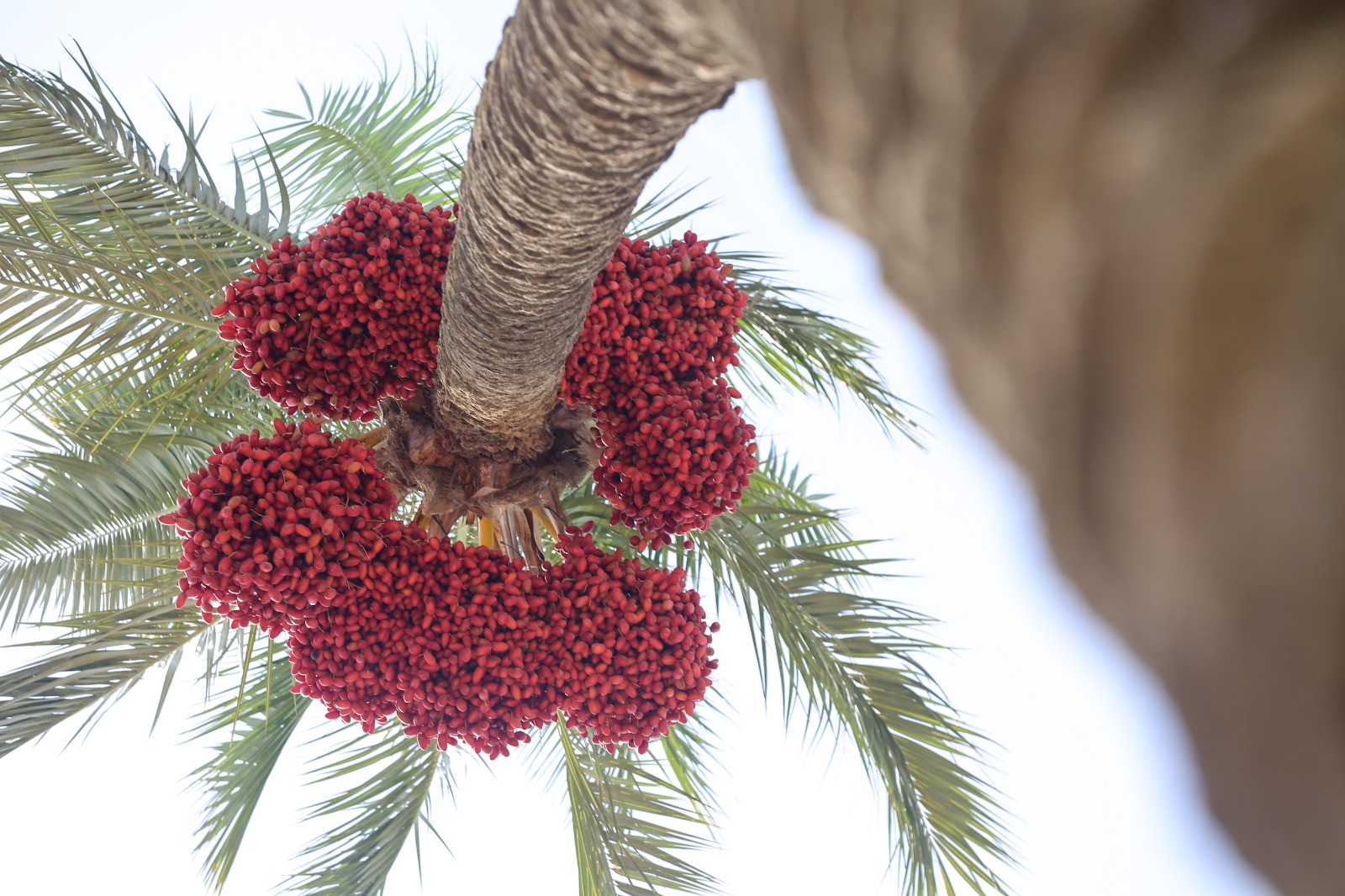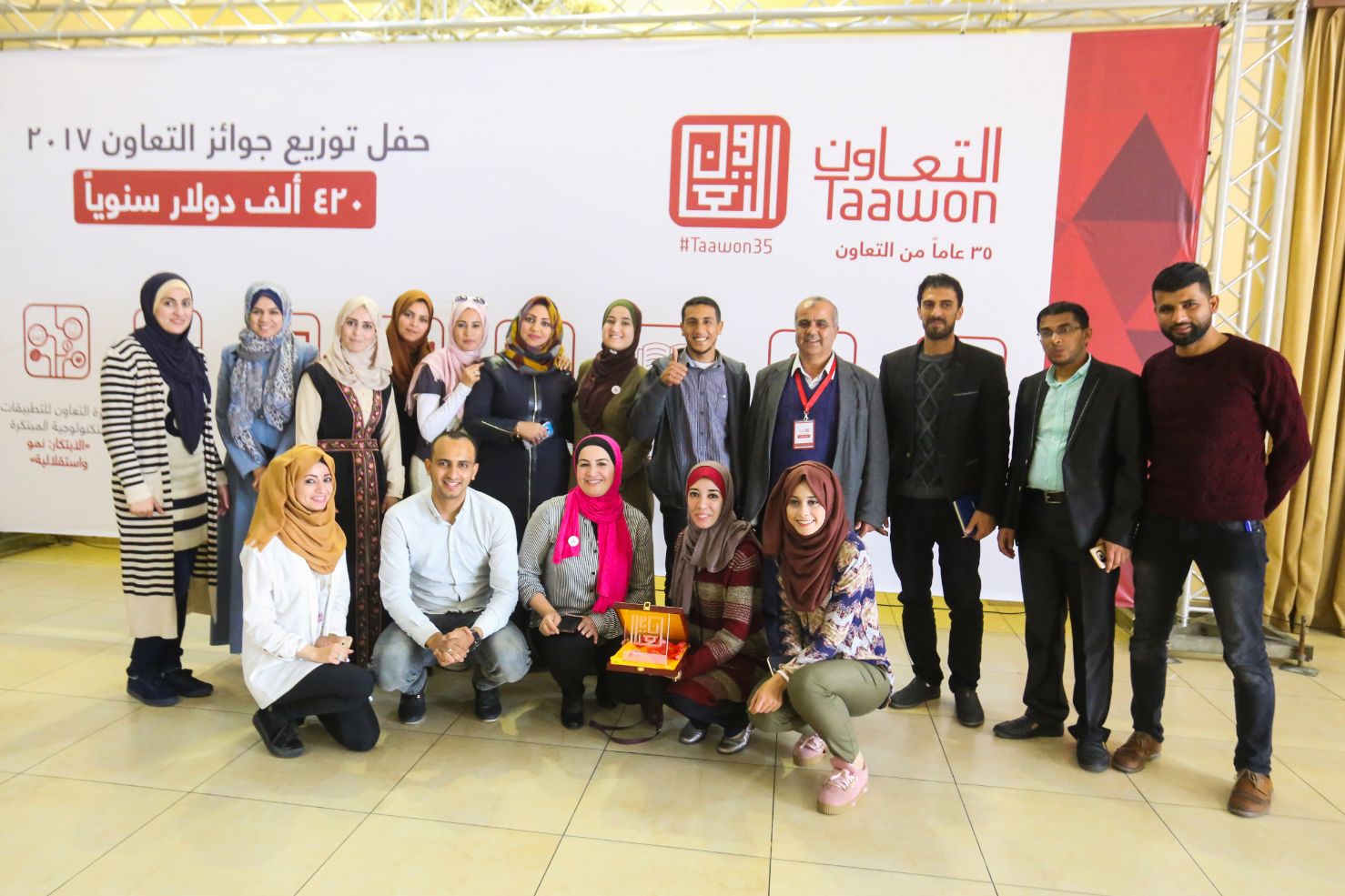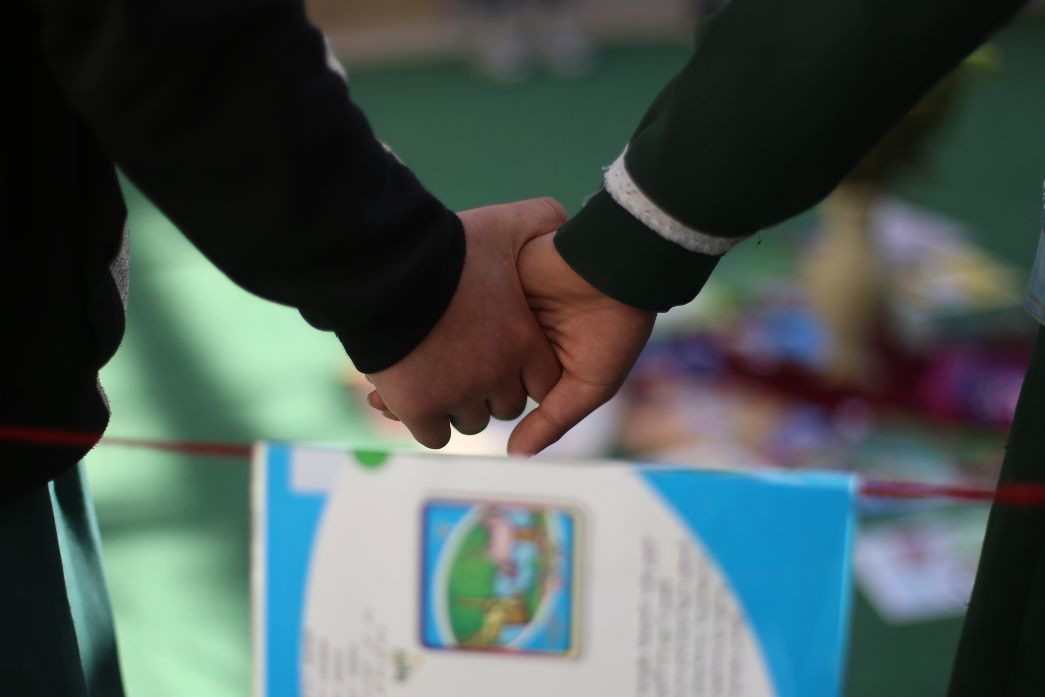Where We Work
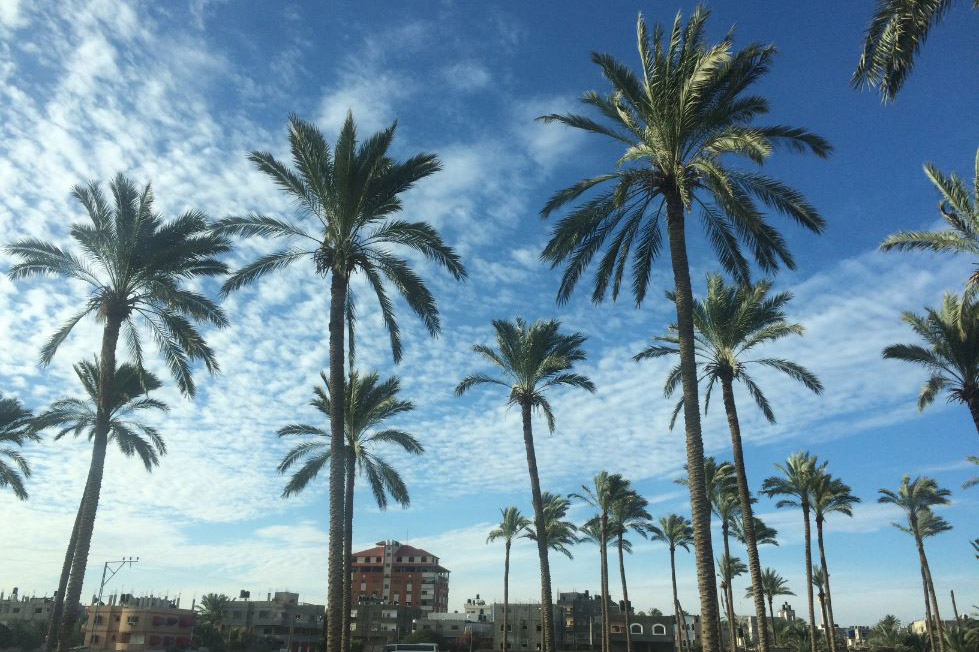
Palestine
The geographic location of Palestine made it the bridge between the two most ancient and magnificent civilizations -- the Egyptian civilization and Mesopotamia. Historical excavations in Palestine and countries in the near east have increased human knowledge of these areas and the inhabitants who lived in it hundreds of thousands of years before history books began to be written.
Encyclopedia Palestina mentions that among the people who lived in Palestine were the Amorites - western Sami people who migrated from the Arabian Peninsula to Al Badia (Syrian Desert); the Chabiru, whose name appeared in documents dating back to 3000 BC; the Canaanites in the 21st century BC, who built cities like Byblos and Megiddo; the Perizzites and the Hittites, an Indo-European people who fled to Anatolia towards the end of 3000 BC; the Horites, who are among the people who appeared in the near east; the Moabites; and the Amalekites who descended from Amalek, son of Lud, son of Shem, son of Noah.
Other people who lived in Palestine were the Jebusites, who built Jerusalem; the Philistines, who migrated from the Aegean Sea to the land of Canaan and who gave it the name ‘Palestine’; the Arameans, who descended from Aram, son of Noah; the Girgashites; the Rephaites; the Phoenicians; the Achaemenids and the Edomites; the Assyrians; the Hyksos; and tens of other civilizations who came by Palestine before the emergence of the three monotheistic religions.
Palestine is renowned as the place where Prophet Isa (Jesus), son of Mariam (Mary), was born. It remained peaceful and a destination for all pilgrims until the time of its occupation by Israel in 1948, displacing its people, which later came to be known as ‘Nakba’ (Exodus). Palestine is still under occupation today.
Deir Al Balah
Deir Al Balah is located over 16 km southwest of Gaza City. It covers 14,735 dunums (acres) of land and is 25 meters above sea level. It was a postal station during the time of Mamluks. Wadi Alsalqa (Alsalqa Valley) passes by the southern side of Deir Al Balah on its way to the Mediterranean Sea.
It was mentioned in the Encyclopedia Palestina that Deir Al Balah was originally known as Al-Darom or Al-Daron, which is a semitic word that means the south; Gaza’s southern entrance is still known as ‘Daron Gate’. Al-Daron was one of the major cities in the Kingdom of Jerusalem, famous for its grandeur, and also where the first monastery was built. Today, the city is known for the plentiful palm trees that surround it.
Population
The population in Deir Al Balah, which was counted manually is an estimated 269,830 people, including 135,645 males and 134,185 females. The population aged 0-4 is 107,899, and they represent 40%. Meanwhile, the number of people aged 15-65 is 153,447 representing 56.9%. The final counts show that 7,428 people with disabilities live in Deir Al Balah, including 4,097 males and 3,331 females.
Education
The Palestinian Education Law no. 11 of the year 1998 defines three different types of higher education institutions in Palestine - government, The United Nations Relief and Works Agency
(UNRWA), and private schools. Due to the increasing number of students and the lack of educational facilities, all schools, except private institutions, work on the two-shift system (morning and evening).
According to a statistic issued by the Education Statistical Yearbook, Ministry of Education and Higher Education – Gaza governorate, for the scholastic year 2019-2020, there are 45 government schools (basic and secondary) in the Middle area; 19 basic education schools, with 10,395 students; and 26 secondary schools with 17,352 students, and also 36 kindergartens. Under the UNRWA, there are 59 basic education schools that serve 57,263 students.
Economy
According to a statistic issued by the Palestinian Central Bureau of Statistics (PCBS), in 2019-2020, Deir Al Balah in the Gaza Strip recorded 52% unemployment, while Bethlehem governorate in the West Bank recorded 23%; the highest levels of unemployment among the Palestinian governorates, mainly attributed to the state of political division and the Israeli siege.
Deir Al Balah is famous for planting palm trees and had as many as 20,000 trees covering the south and west area in the 1990s. Apart from local consumption, palm trees are one of the major sources of income for Deir Al Balah. The palm dates in the city are known as ‘Hayani’ and are a dark red color. Additionally, Deir Al Balah plants citrus, almond, pomegranate, and grape. However, during the first years of the Second Intifada (uprising), the Israeli army uprooted approximately 3,550 trees, which decreased the number to around 16,500 palm trees by 2003.
Why Do We Work in Deir Al Balah?
Children, adults, and youth in Deir Al Balah suffer from an extreme shortage of cultural, educational, and recreational services since schools are the only form of educational services provided. We also realize that the schools encounter challenges related to the quality of education, facilities, and the increasing number of students, which adversely affect the growth of children. There are 45 government schools in the area (basic and secondary) and 59 UNRWA schools (basic education) offer services to the students through the two-shift system; while some areas in Deir Al Balah have schools working on three shifts because of the number of students.
NAWA for Culture and Arts Association is the only institution that offers cultural, educational, art, and specialized psychosocial services for children, adults, youth, parents, and educators in Deir Al Balah.
Given the deteriorating events in recent years, the children’s cultural services have been affected, and financial resources have also become scarce. Moreover, most kindergartens have no official, qualified bodies to train children under the age of six and develop their capabilities. Absolute poverty also stands in the way of educational facilities related to kindergartens’ premises and supplies; there is a shortage and restriction in linking kindergartens with parents and involving them in child development. Additionally, there is no national plan for early childhood development that is clear in its vision and Palestinian identity.
